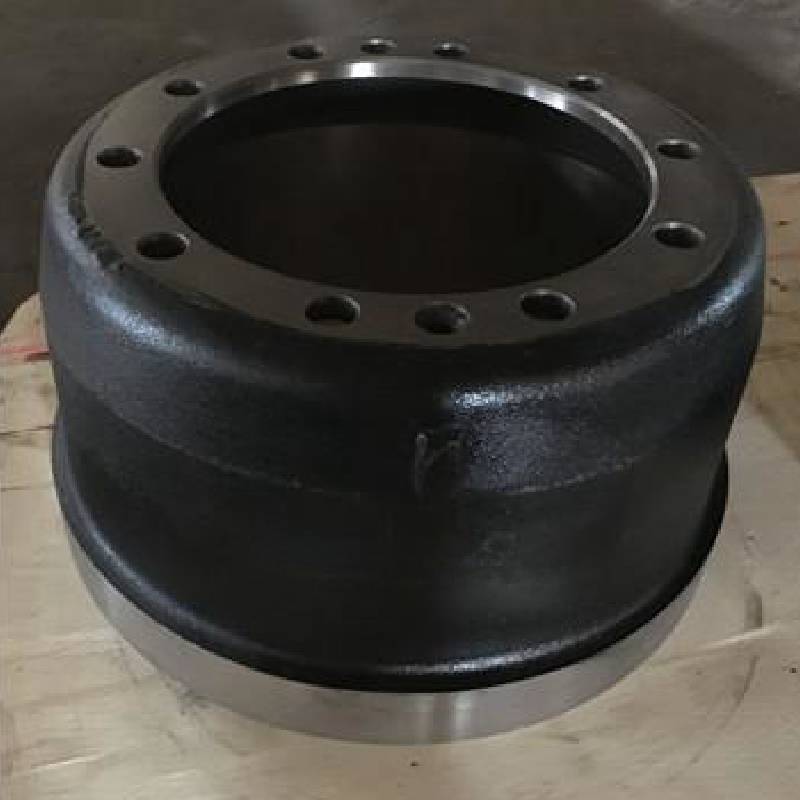Jan . 01, 2025 17:05 Back to list
Understanding the Functionality and Benefits of Drum Brake Systems in Vehicles
Understanding Drum Brakes Functionality and Significance in Automotive Engineering
Drum brakes have been a fundamental component of automotive brake systems for over a century. Their unique design and functionality offer significant advantages in various applications, particularly in older vehicles and certain modern designs. Understanding how drum brakes work, their benefits, and their role in vehicle safety is essential for both automotive professionals and enthusiasts.
The Basics of Drum Brakes
A drum brake system consists of several key components the brake drum, brake shoes, wheel cylinder, and springs. The brake drum, typically made of cast iron or aluminum, is a cylindrical component that rotates with the wheel. Within this drum are brake shoes, which are curved pieces of metallic material that are lined with friction material. When the brake pedal is pressed, hydraulic pressure from the wheel cylinder forces the brake shoes outward against the inner surface of the drum, creating friction that slows the vehicle.
This method of braking is distinct from disc brakes, where brake pads clamp onto a rotor. Drum brakes are often praised for their simplicity and effectiveness in generating strong stopping power, particularly in low-speed applications.
Advantages of Drum Brakes
One of the main advantages of drum brakes is their design, which inherently provides a larger surface area for friction compared to disc brakes. This characteristic allows them to effectively dissipate heat generated during braking, making them suitable for heavier vehicles and considered efficient for repeated stops. Additionally, drum brakes tend to be more cost-effective to produce and maintain, which makes them an attractive option for manufacturers aiming to keep vehicle production expenses down.
Drum brakes also perform well in certain conditions, including wet weather, as the enclosed drum design helps shield the brake components from water and debris. This can lead to improved performance and reliability in various driving conditions.
drum brake

Common Applications
Drum brakes are frequently found in older vehicles, but they are still employed in certain modern cars, particularly in the rear braking systems. Many compact cars and economy models utilize drum brakes to reduce manufacturing costs while keeping the weight of the vehicle in check. Additionally, drum brakes are widely used in trucks and trailers, where higher stopping power is required without sacrificing cargo space or adding unnecessary weight.
Maintenance and Challenges
While drum brakes offer numerous benefits, they also come with specific challenges. One of the primary issues is that they can be prone to fading, especially under heavy use or in stop-and-go traffic, due to overheating. Ensuring proper maintenance, including regular inspections of the brake shoes and drums for wear, is crucial to maintaining effective braking performance.
Furthermore, adjusting the brakes can be more complex compared to disc brakes, which often feature a more straightforward design. This complexity can lead to increased maintenance costs and labor time if not managed carefully.
Conclusion
Drum brakes remain a vital part of automotive braking systems, demonstrating efficacy, affordability, and durability in specific applications. As understanding of vehicle dynamics evolves, drum brakes continue to hold their ground in various vehicle designs, especially for those aiming for cost-effective and reliable performance. For both drivers and industry professionals, recognizing the importance of drum brakes and their proper maintenance is essential in ensuring vehicle safety and performance on the road. Whether navigating city streets or cruising on the highway, the functionality of drum brakes plays a crucial role in the overall driving experience.
-
Scania Brake Drums: OEM Quality for Optimal Safety & Durability
NewsAug.16,2025
-
R.V.I: Advanced Remote Visual Inspection for Precision
NewsAug.15,2025
-
Discover HYUNDA: Innovative Vehicles, Equipment & Solutions
NewsAug.14,2025
-
R.V.I: Unlock Advanced Insights & Real-time Performance
NewsAug.13,2025
-
Kamaz Brake Drum: Durable & Reliable for Heavy Duty Trucks
NewsAug.12,2025
-
Heavy Duty Iveco Brake Drum - Premium Quality & Safety
NewsAug.11,2025
